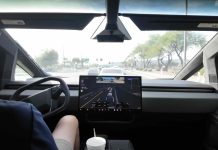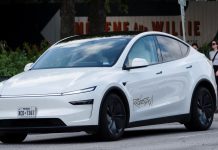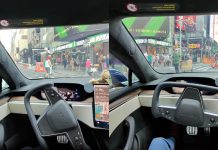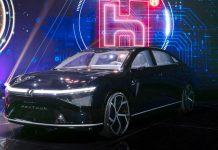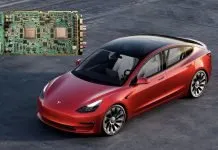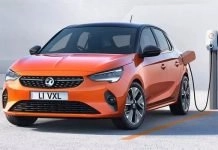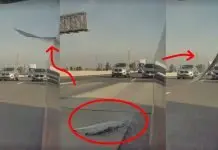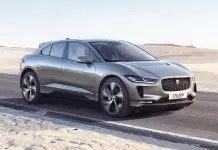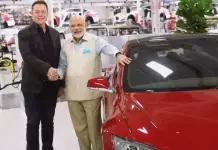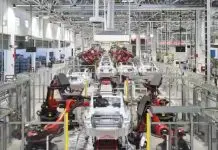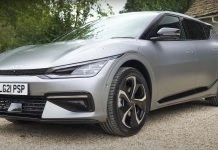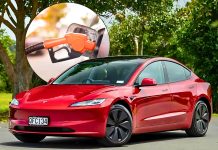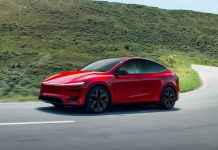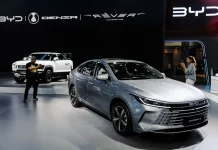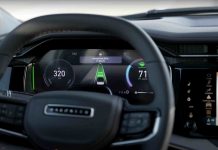Tesla has quietly announced the merging of the AI Models that power its Full Self-Driving (FSD) software and Humanoid Robots, Optimus, together. The VP of AI at Tesla has announced that this integration is already being implemented – and it will be “🔥”. When successful, it would be a turning point not only for Tesla but also for the overall course of embodied artificial intelligence.
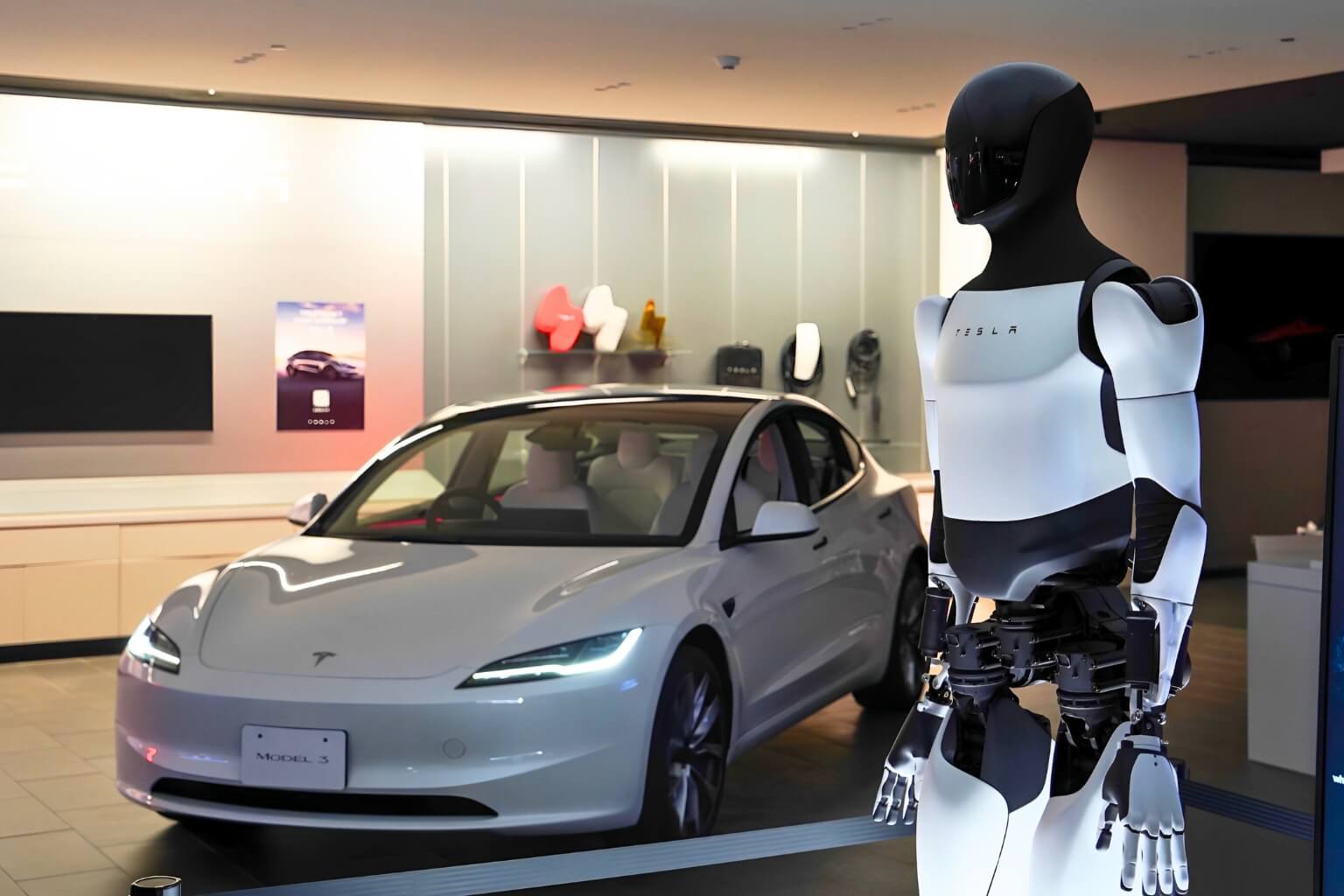
Why Unify?
Self-driving cars and humanoid robots might seem to be quite distinct things at first sight. One is walking on the streets, following the traffic rules, and responding to the passing cars. The other touches tools, objects, and moves within the human environment. However, beneath such a difference of the surface is a common challenge: perception, prediction, planning, and control in real-life scenes that are unstructured.
Through establishing a shared AI base:
- Transfer learning is effective – The overwhelming amount of data from Tesla vehicle fleet images, video, object detection, and motion prediction can jumpstart the learning of Optimus. Instead of developing robotics afresh, Optimus is capable of inheriting vision and spatial reasoning.
- Economies of pass compute and pass tools – Tesla already spends a lot on training infrastructure. One stack is a single stack to maintain, optimize, and scale.
- Cross-domain enhancement – Robotic interactions can be used to give feedback to improve scene understanding in vehicles. On the other hand, robustness can be learnt in the driving environments with edge cases that could assist robots to work in dynamic real environments.
That is, what a car can perceive well, like by seeing a pedestrian, predicting movement, projecting an acceptable path, could be used by a robot to perceive a human being, predict their actions, and go around them.
Just the beginning! Once the AI models for self-driving and Optimus unify it’s going to be 🔥
It’s a great time to join the @Tesla_AI team to work on the coolest products on the planet!!https://t.co/PMpxWUNVSY https://t.co/Ngk4ViSMwB
— Ashok Elluswamy (@aelluswamy) October 4, 2025
What We Know So Far
Recently, Tesla conducted a demo of a new product called Kung Fu, where Optimus performed agile martial-arts-style moves. Although it is visually captivating, its significance could actually be control, actuation, and improvement of coordination.
Thereafter, Ashok Elluswamy (Tesla VP of AI Software) wrote:
Just the beginning! As soon as AI models of self-driving and Optimus are integrated, it will be fire.
The Challenges Ahead
Unification is not a simple thing, even given the strategic rationale. The control of driving and manipulating objects requires diverse control regimes. A general-purpose model can only fumble unless special modules or adapters have been properly developed. It might take enormous amounts of data and computation to train a single model that is capable of driving and full-body robotics. This is pertinent to Tesla’s training infrastructure (Dojo, internal clusters) that it had invested in previously.
Robots and cars are both real-time; however, robots can frequently require faster control loops. A model should be able to allow fast low-level control, as well as high-level planning. A domain-executing AI should be testable in both driving and human-robot interaction environments – and errors in either domain are risk-characterized differently.
The sensors, actuator, and dynamics of a robot are very different compared to a car. Although perception can have the same architecture, a domain-specific pipeline between vision and control is required.
Conclusion
It is just the initial steps that we are seeing of what Tesla can create. The fire comment made by Elluswamy can perhaps allude to a software engine that will be behind your next car, as well as your next robot. Nevertheless, the adventure to come is even more exciting, a it combines vision, control, prediction, and intelligence in domains and pushes the frontier of embodied AI.
It is the very time to pay attention and even to take part, especially for those who are interested in AI, robotics, and the point where mobility and automation meet. In case of Tesla’s success in integrating FSD and Optimus, the next thing may be the sort of breakthrough that the industry recalls.


